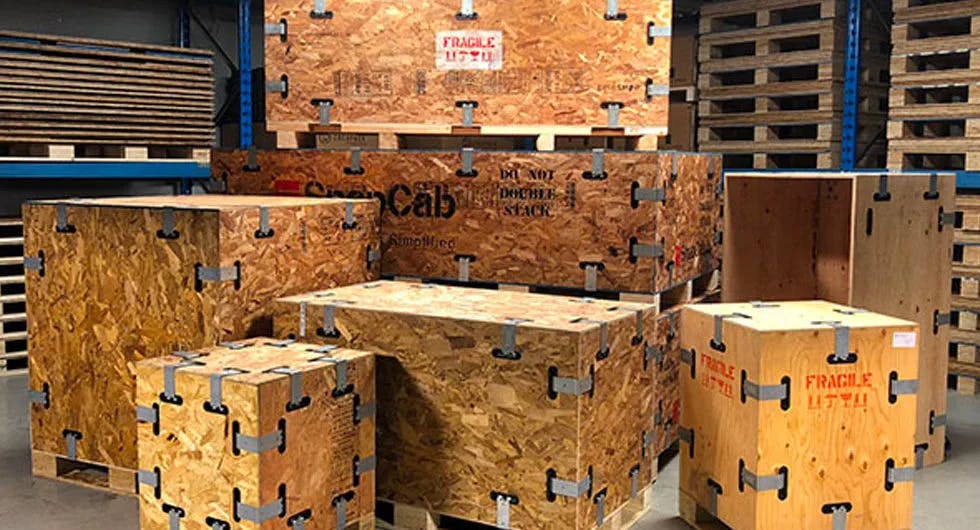Choosing the right shipping container is one of the most important decisions in shipping. Shipping containers made of wood are among the most popular and secure ways to transport goods.
Wooden crates’ solid build and self-supporting structure protect a wide variety of items, whether they are lightweight, extremely heavy, or fragile. They also provide an easy-to-maneuver format for forklifts and pallet jacks.
Wooden crates are a long-lasting, reusable, and environmentally friendly option.
Considerations to Keep in Mind
Wooden crates are easy to handle. They are quickly carted from trucks and ships to their destination, even if they are heavy or enormous, due to their sturdy design and features that allow pallet jacks and forklifts to move them quickly.
For specific product needs, partitions can be created within the pallet.
A typical wooden crate measures 4 feet wide, 8 feet long, and 4 feet high. However, any dimension is available to cover large parts or items.
Many shipping, airline, and trucking companies utilize wooden crates as they are easy to transport with their available equipment and protect goods by keeping them from being damaged.
Features of a Well-Made Wooden Crate
Screw or latch closures They ensure that your cargo is securely fastened.
The skids are correctly positioned. This keeps your shipment off the ground, prevents damage, and allows for easy handling by forklifts or pallet jacks. This reason is especially important if the shipment is large and heavy.
Good appearance. A well-made crate is often visually appealing, and while it does not have to be beautiful, it should look decent.
The handles are positioned correctly. If handles are included in the design, ensure they are correctly placed for ease of use.
Recessed hardware. You don’t want handles or hinges to break off halfway through.
Labeling should be appropriate. Before shipping, make sure your wooden crate has directional arrows and appropriate warnings. Never label the crate with the item’s name or use the term art." Mark such items fragile.
